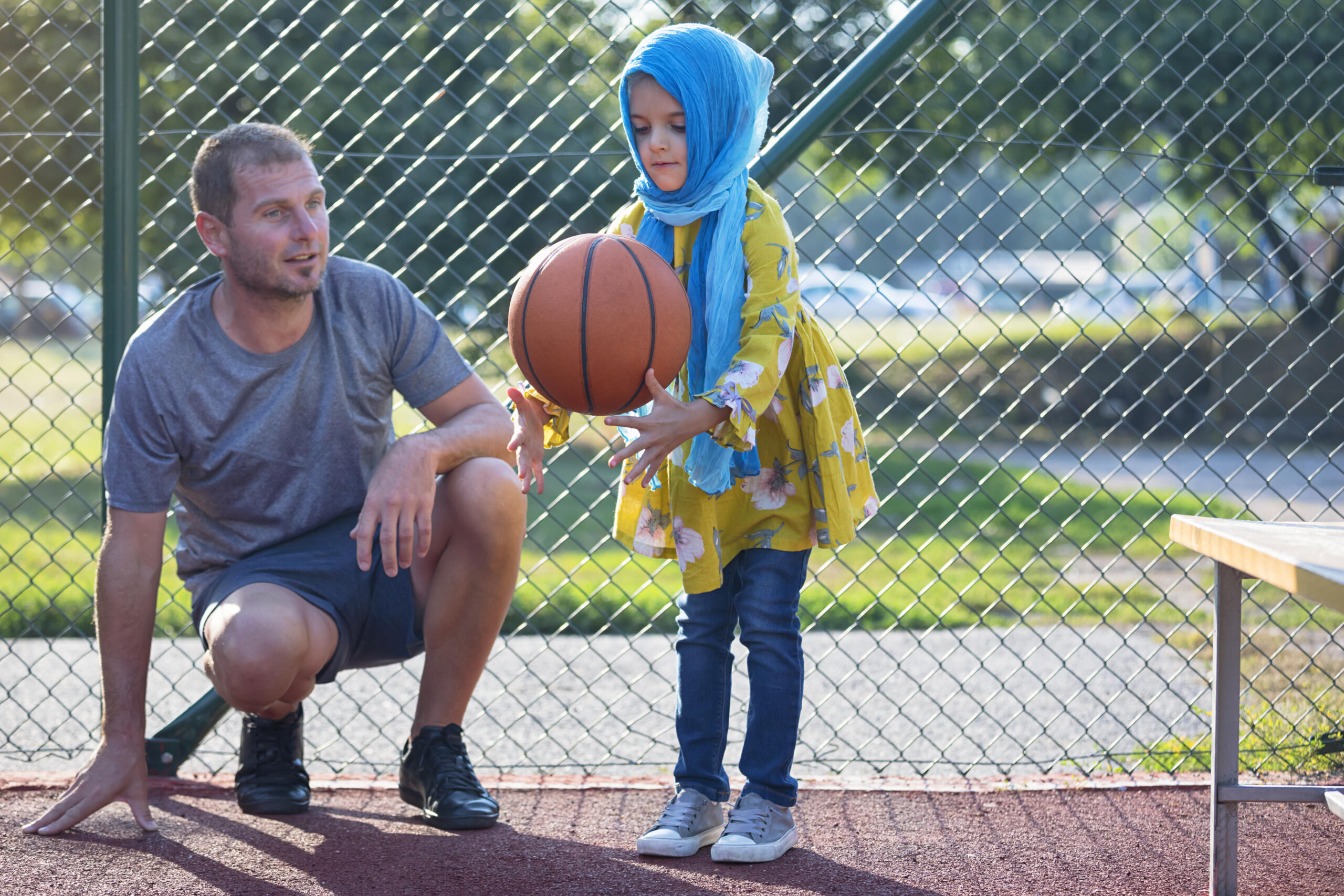As educators, we have to find a balance between keeping students interested and engaged while also building fundamental movement skills. Teaching Games for Understanding (TGfU) is an approach that uses play to build skill development. There are six important concepts within the TGfU approach:
- Teach games through playing games
- Break games into their simplest format
- Participants are intelligent performers in games
- Every learner is important and involved
- Participants need to know the subject matter
- Need to match participants’ skill level with the challenge
So how do we actually use these concepts as educators?
Instead of teaching specific sports during gym class, the TGfU approach highlights teaching skills that are used in multiple sports. For instance, target games transfer to softball and goalball, net games transfer to volleyball and basketball, striking games transfer to baseball and soccer, and territory games transfer to rugby and football. Your students will feel more confident performing hundreds of other movements from the TGfU approach.
This is only the tip of the iceberg.
In our workshop, Teaching Games for Understanding, gain the knowledge to teach skills in a tactical context with a fun approach. Learn what teaching for understanding is and how it can develop student physical literacy by applying your new skills. If you want your students to think about how to use their skills, this is the perfect workshop.


